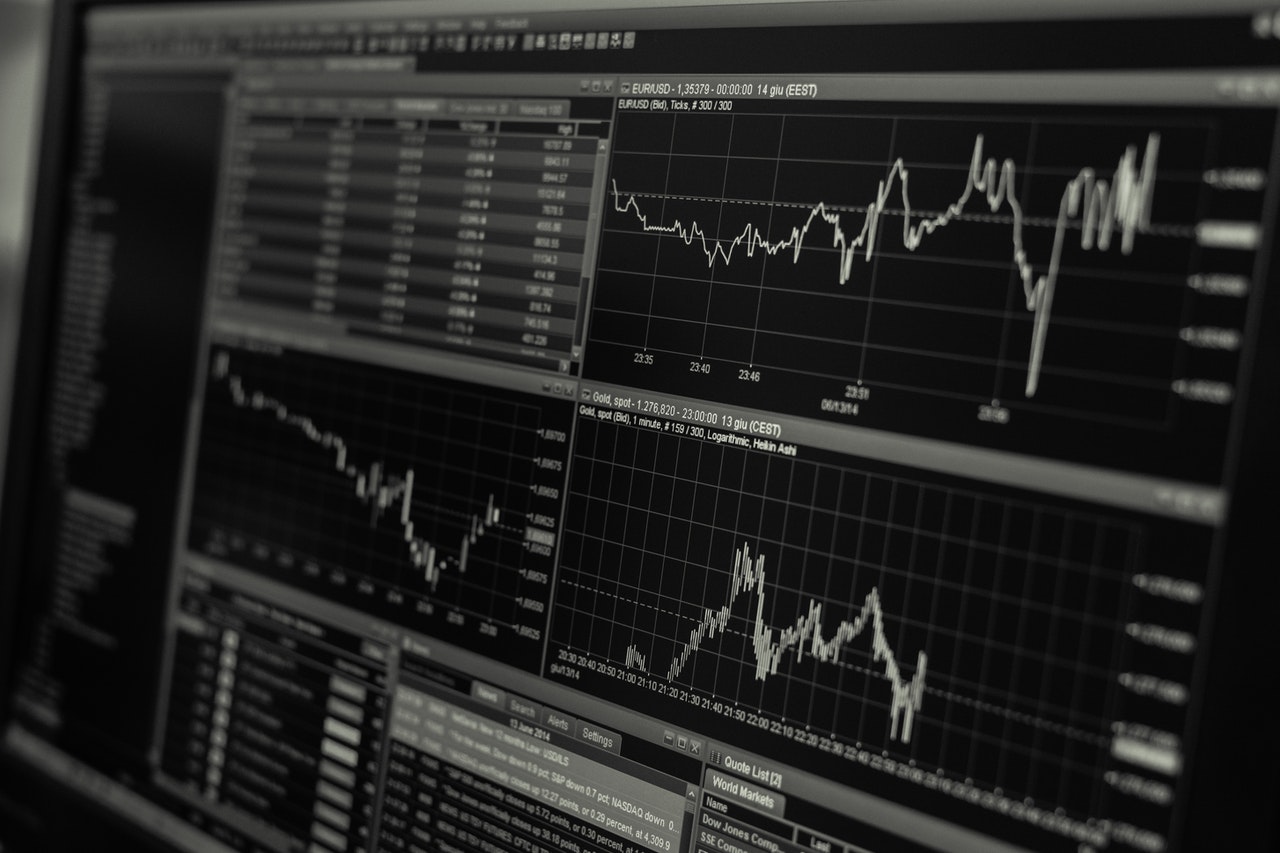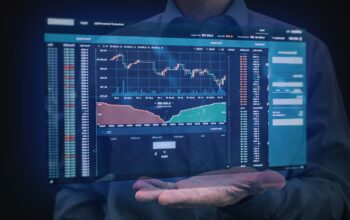2015 was a dark year for Chinese stocks, after equities plunged by 30% in less than three weeks following high volume speculative investment and the over valuation of specific shares.
However, fears of a similar crisis have emerged recently, after China’s recent stock market rally raised fears that it was being driven by the margin-based speculation of retail investors and highly leveraged trades. This was a key factor in the 2015 crash, and it has prompted analysts to monitor the market over the course of the coming weeks.
We’ll explore this further below, while considering the inherent speculative risks that are directly associated with margin trading across all markets.
The Chinese Market Surge and Regulatory Challenges
The concerns about the Chinese stock market surge are well founded, after the Shanghai composite rocketed by 14% at the beginning of July.
At the same time, the CSI 300 index jumped more than 20%, while the Shenzhen composite also saw valuations increase markedly by 17%.
This mirrors the price trends evident prior to the stock market crash in 2015, and there are fears that shares may once again see their value soar at a disproportionate rate within an incredibly short period of time.
With this in mind, attention has turned to the state of the regulatory climate in China, and indeed in similar emerging markets across the globe.
Take India, for example, where the Securities and Exchange Board of India (Sebi) recently issued guidelines aimed at curbing the practice of margin trading in several different markets.
Widely synonymous with forex trading, this has become increasingly popular in shares and equities too, creating a scenario where leveraged intraday trading is now having a direct impact on stock market values.
The new guidelines would effectively put an end to leveraged intraday trading and potentially put a huge dent in stock trading turnover, while imploring brokers such as Oanda to collect upfront so-called at risk (VAR) margin and extreme loss margin in the equity cash segment.
The Speculative Risks of Margin Trading
India and China aren’t the only economies to have seen a surge in stock trading post the Covid-19 outbreak, with margin-based trades particularly popular.
The reason for this is simple; as margin trading enables people to perform trades that are far larger than their cash holding, creating the potential for larger returns within a short period of time.
The issue here is that you can also lose far more than your original outlay, and in this respect, intraday trading can be particularly damaging. In this case, the money is lent for the day, and you must buy and sell your assets during the same 24-hour period.
This process may automatically repay the loan, of course, but this may still be at a considerable and disproportionate loss.
The sheer scope of margin trading has increased markedly during the digital age, with brokers having added clients at a rapid rate over the past few years by offering this as a product.
There’s no doubt that this is a growing issue, and one that can become particularly pronounced during times of volatility. This is why regulators are looking to action across the globe and restrict this practice as much as possible.




